Photo

Bay-Breasted Warbler
Setophaga castanea
Source: Here
#bay-breasted warbler#warbler#wood warbler#new world warbler#bird#aves#ornithology#songbird#nature#animal#animalia#passerine#passeriformes#parulidae#wildlife
660 notes
·
View notes
Photo



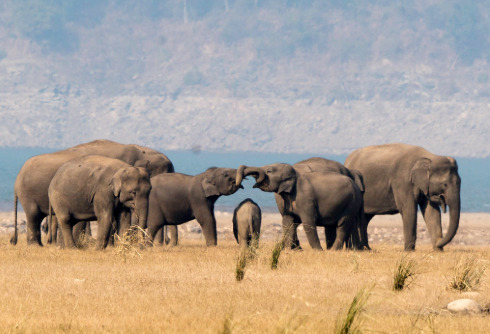
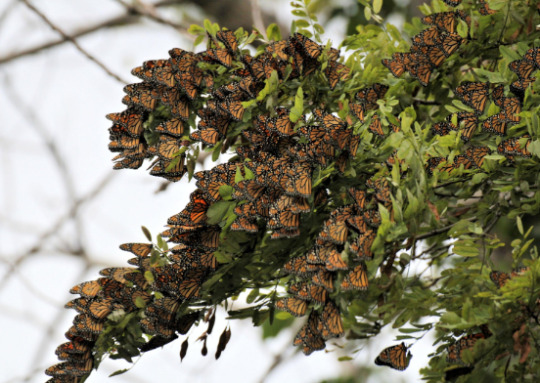
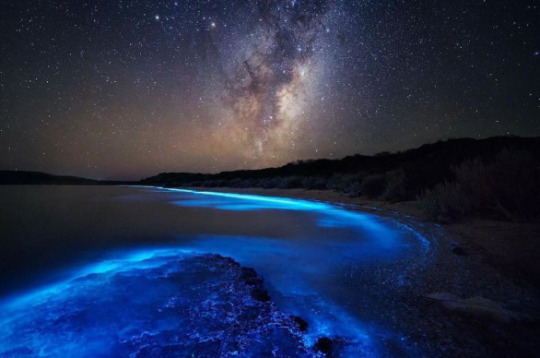
Nature: the phenomena of the physical world collectively, including plants, animals, the landscape, and other features and products of the earth, as opposed to humans or human creations
Sources: 1, 2, 3, 4, 5, 6
479 notes
·
View notes
Photo
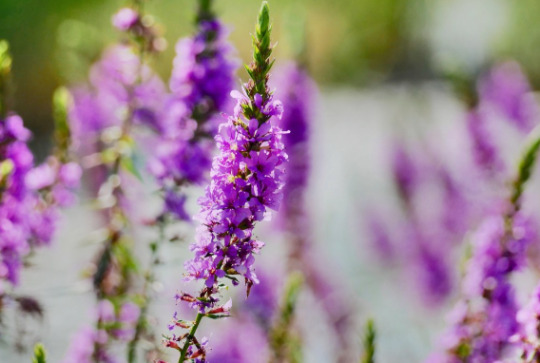
Purple Loosestrife
Lythrum salicaria
Source: Here
#lythrum salicaria#lythrum#purple loosestrife#flowers#plantae#plant#botany#purple#angiosperms#eudicots#rosids#myrtales#lythraceae#nature
112 notes
·
View notes
Photo
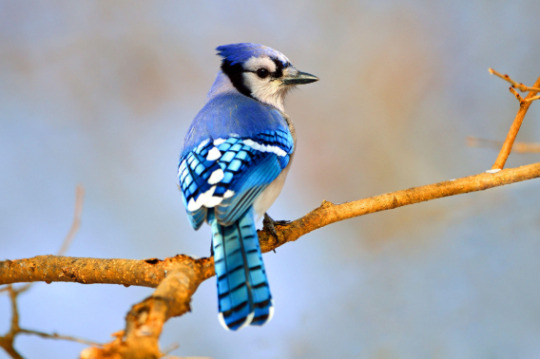
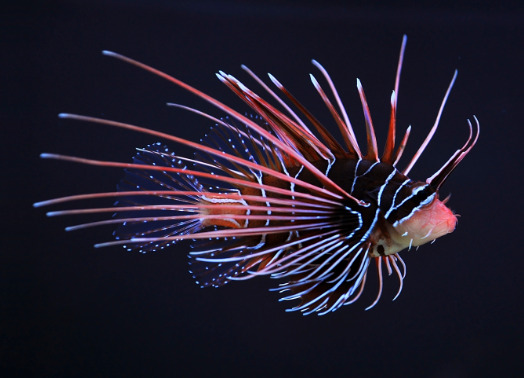
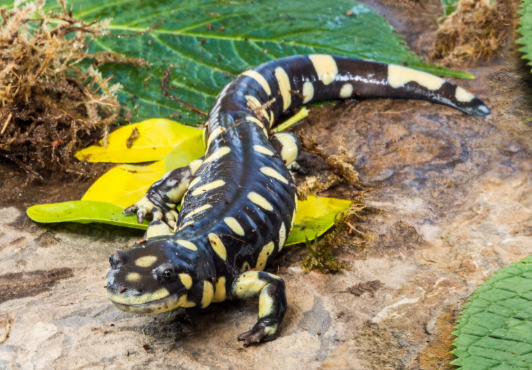
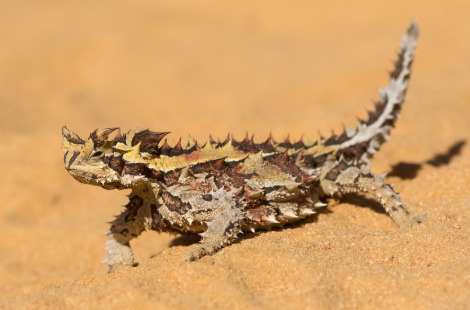
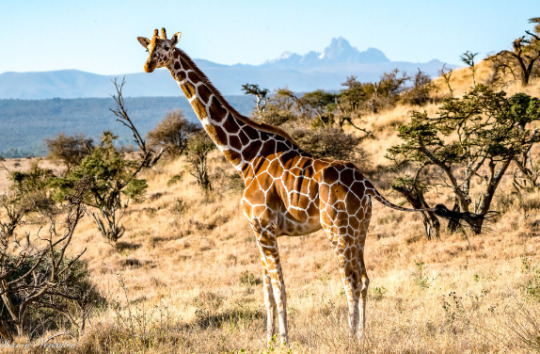
Chordates: animals that posses a notochord, a dorsal nerve cord, pharyngeal slits, an endostyle, and a post-anal tail during some point of their life cycle
From Above: Blue Jay, Clearfin Lionfish, Tiger Salamander, Thorny Devil, Reticulated Giraffe
#animals#animalia#chordates#chordata#eumetazoa#bilateria#nephrozoa#deuterostomia#biodiversity#nature#wildlife#science#education#learning#terminology#zoology#wildlife biology#biology#taxonomy#biology terms#zoology terms#definition
246 notes
·
View notes
Photo
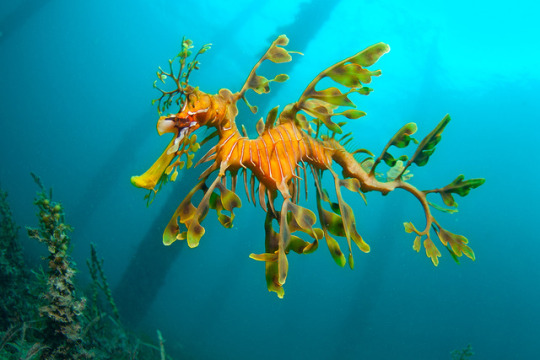
Leafy Seadragon
Phycodurus eques
Source: Here
#phycodurus eques#phycodurus#leafy seadragon#seadragon#marine biology#animal#animalia#chordata#actinopterygii#syngnathiformes#syngnathidae#syngnathinae#nature#wildlife
564 notes
·
View notes
Photo
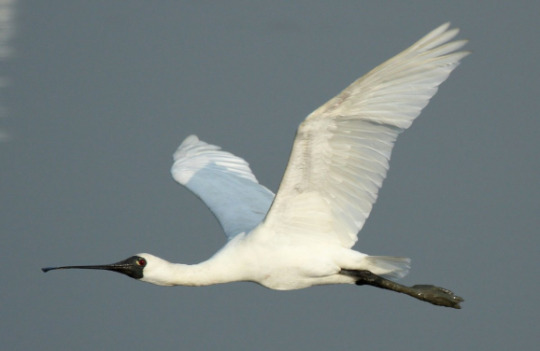
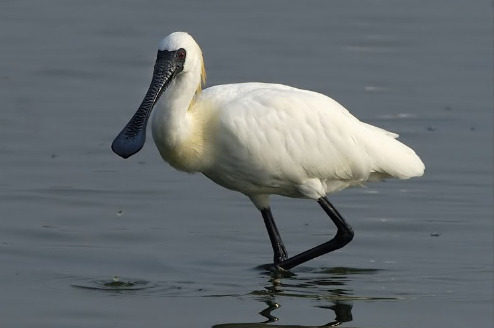
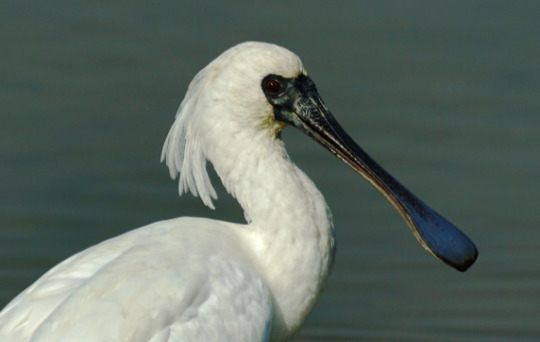
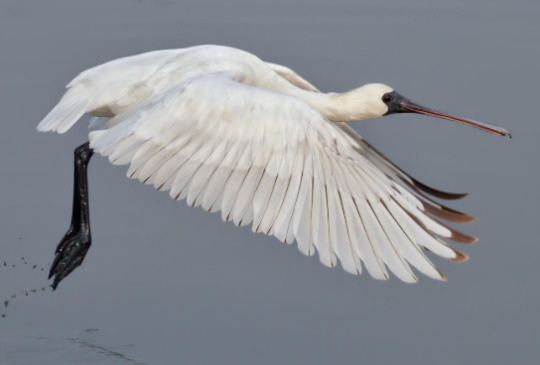

Black - Faced Spoonbill
Platalea minor
Sources: 1, 2, 3, 4, 5
#black-faced spoonbill#spoonbill#aves#ornithology#animal#animalia#wildlife#nature#bird#birds#endangered#endangered species#endangered wildlife#pelecaniformes#threskiornithidae#wader#shorebird#platalea minor#platalea
392 notes
·
View notes
Photo

Common Loon
Gavia immer
Source: Here
#gavia immer#common loon#loon#bird#aves#ornithology#waterfowl#animal#animalia#wildlife#nature#gaviiformes#gaviidae#gavia
133 notes
·
View notes
Photo
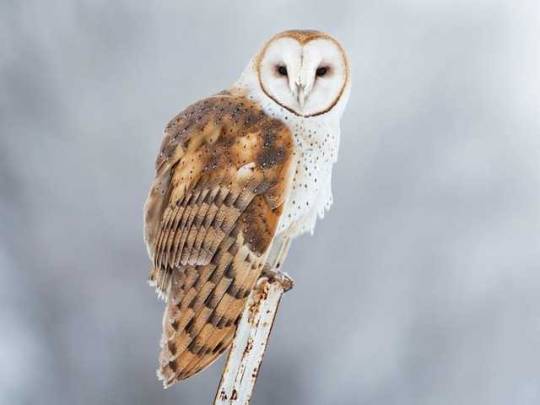
Barn Owl
Tyto alba
Source: Here
#tyto#tyto alba#barn owl#owl#aves#ornithology#animal#animalia#bird#strigiformes#tytonidae#nocturnal#wildlife#nature
305 notes
·
View notes
Photo
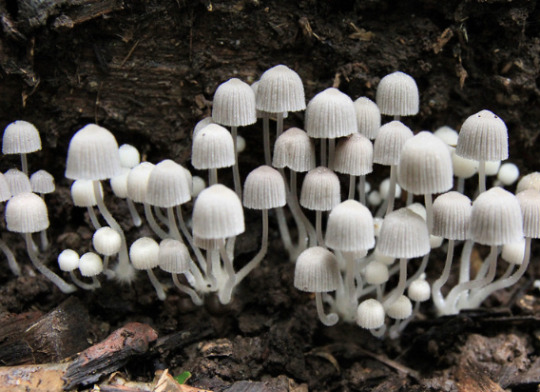
Fairy Inkcap
Coprinellus disseminatus
Source: Here
#coprinellus disseminatus#coprinellus#fungi#mushrooms#mycology#fairy inkcap#basidiomycota#agaricomycetes#agaricales#psathyrellaceae#nature#white
355 notes
·
View notes
Photo
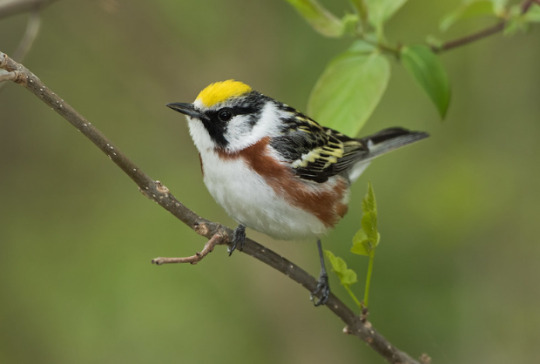
Chestnut-Sided Warbler
Setophaga pensylvanica
Source: Here
#warbler#wood warbler#new world warbler#aves#bird#ornithology#passeriformes#passerine#songbird#parulidae#chestnut-sided warbler#setophaga pensylvanica#setophaga#wildlife#animal#animalia#nature
136 notes
·
View notes
Photo

Golden Gecko
Gekko badenii
Source: Here
#golden gecko#gecko#gekko badenii#gekko#animal#animalia#reptile#reptilia#herp#herpetology#squamata#squamate#gekkonidae#pretty#golden#endangered#endangered species#wildlife#nature
105 notes
·
View notes
Photo
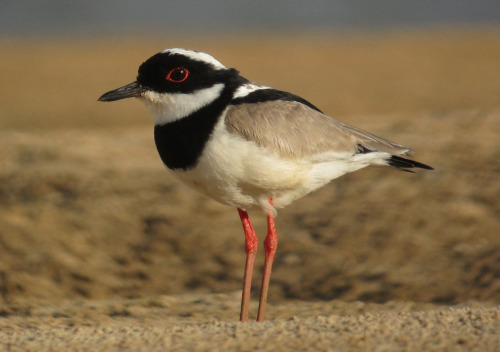
Pied Plover
Mellisuga helenae
Source: Here
#vanellus cayanus#vanellus#plover#pied plover#shorebird#wader#aves#bird#ornithology#charadriiformes#charadriidae#animal#animalia#wildlife#nature
110 notes
·
View notes
Photo
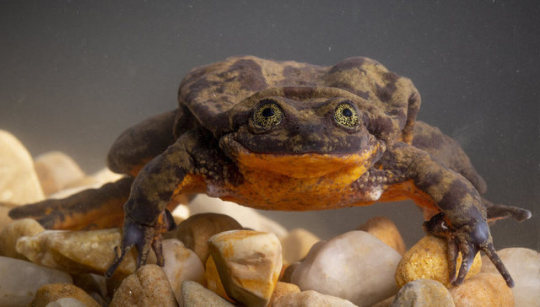
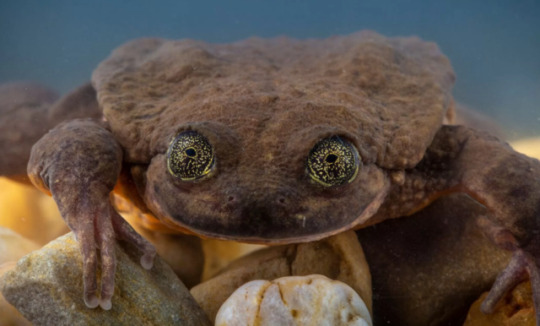
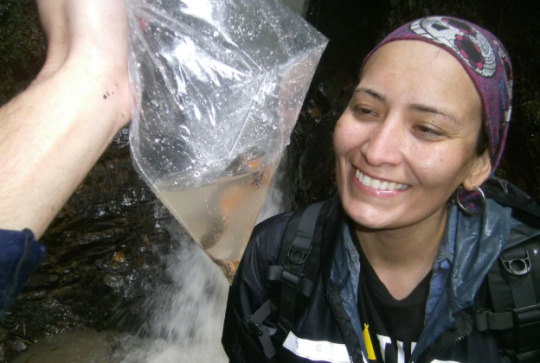

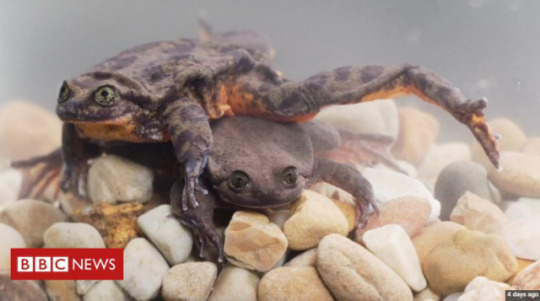

Sehuencas Water Frog (Telmatobius yuracare) is one of the rarest frogs in the world. This tiny amphibian was discovered in 1994 and is found only in the mountain cloud forests of Bolivia, a location where it’s damp and cool. Unfortunately, this habitat has the conditions required for the growth of chytridiomycosis, a fungus that has been decimating the world’s amphibian populations.
With only one Sehuencas Water Frog in captivity (named “Romeo”) and with none spotted in the wild since 2008, scientists feared that the fungus had eliminated the entire species. For possibly being the last of his kind, Romeo gained international attention and was sadly nicknamed “the world’s loneliest frog.” His keepers even collaborated with Match.com to create a dating profile for him, describing the frog as a “pretty simple guy” and “not fussy”, to continue to raise awareness.
For a whole decade, scientists searched the Bolivian forests in the hope of discovering more Sehuencas Water Frogs to save the species. In January 2019, their luck finally paid off with the discovery of 5 survivors, one of which was a female they named “Juliet”. Juliet was placed in the same aquarium as Romeo at the beginning of March, and the two have shown an interest in each other ever since. Romeo has been observed calling (something that he hasn’t done since the end of 2017) whenever Juliet is nearby, showing signs that he’s ready to mate. Along with the other remaining frogs, Global Wildlife Conservation hopes that the pair will establish a conservation breeding program for the species with the eventual outcome of releasing individuals back into the wild.
Visit Global Wildlife Conservation to keep updated on Romeo and Juliet’s story and to learn more about what you can do to save their species.
Sources: 1, 2, 3, 4, 5
#conservation#wildlife conservation#amphibians#herpetology#frogs#sehuencas water frog#endangered species#endangered wildlife#conservation biology#captive breeding#global wildlife conservation#romeo#juliet#romeo and juliet#endangered#telmatobius yuracare
124 notes
·
View notes
Photo
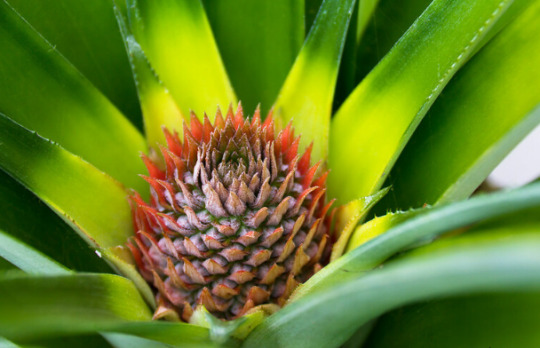
Pineapple
Ananas comosus
Source: Here
#pineapple#plant#plantae#bromeliad#bromeliaceae#angiosperm#monocot#commelinid#poales#green#greenery#growth#fruit
62 notes
·
View notes
Photo

Bee Hummingbird Nest
Mellisuga helenae
Source: Here
#mellisuga helenae#mellisuga#bee hummingbird#hummingbird#nest#eggs#tiny#aww#cute#aves#bird#ornithology#wildlife#nature#trochilidae#small#hummingbird nest
214 notes
·
View notes
Photo

Spiny Flower Mantis
Pseudocreobotra wahlbergi
Source: Here
#pseudocreobotra wahlbergi#pseudocreobotra#mantis#praying mantis#mantid#spiny flower mantis#flower mantis#arthropod#arthropoda#insect#insecta#mantodea#hymenopodidae#animal#animalia#nature#wildlife
330 notes
·
View notes
Photo
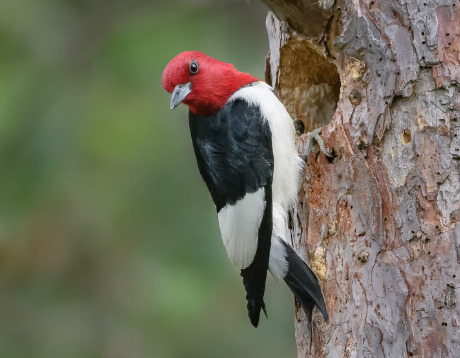
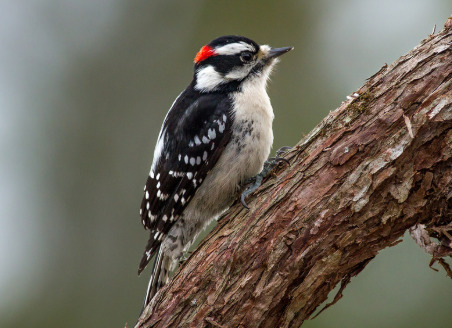
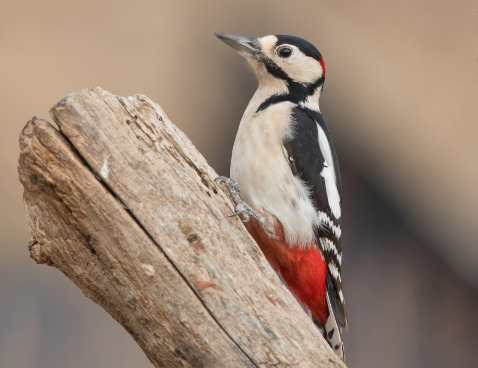
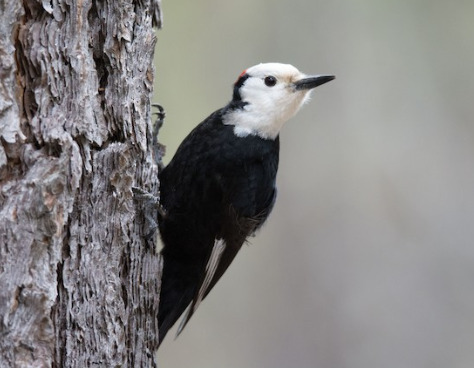
Woodpeckers
Picidae
From Above: Red-Headed Woodpecker, Downy Woodpecker, Great Spotted Woodpecker, White-Headed Woodpecker
#woodpeckers#birds#aves#ornithology#piciformes#picidae#animals#wildlife#nature#biodiversity#animalia
236 notes
·
View notes